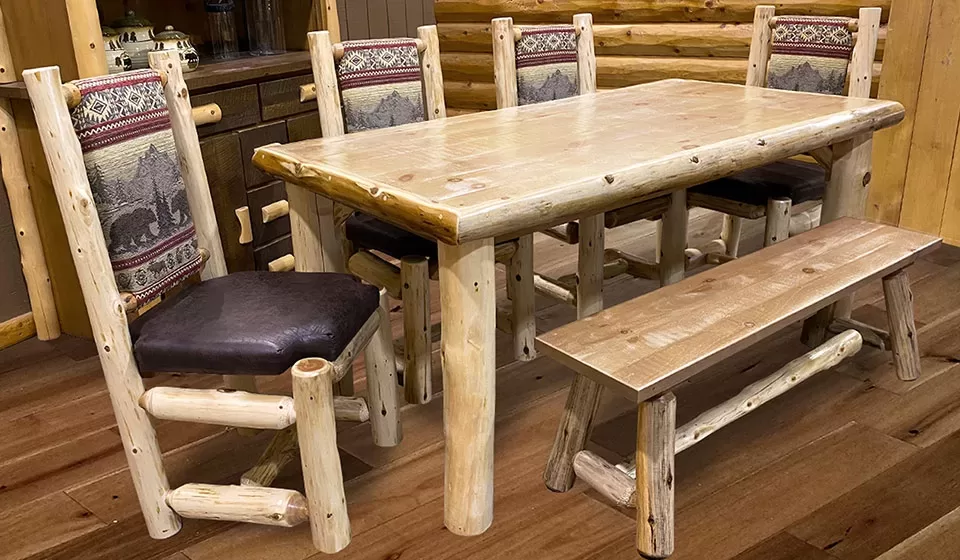Packing for a move can often feel like a daunting task, but it doesn’t have to be. With the right strategies in place, you can make the process easy and efficient, ensuring a smooth transition to your new home. From decluttering to labeling boxes, here are some top tips to help you pack for your move with ease.
Declutter Before You Pack
Before you start packing, take the time to declutter your belongings. Go through each room and separate items into categories: keep, donate, sell, and discard. Be ruthless in your decision-making process. If you haven’t used or worn something in the past year, chances are you won’t miss it. Decluttering not only reduces the number of items you need to pack but also ensures that you’re only bringing the things you truly need and love to your new home.
Start Early and Pace Yourself
Procrastination is your enemy when it comes to packing for a move. Start early and tackle one room at a time to avoid feeling overwhelmed. Begin with areas of the house that are used less frequently, such as the attic or basement, and work your way towards more commonly used spaces like the kitchen and living room. By spreading out the packing process over several weeks, you’ll avoid the last-minute rush and minimize stress.
Gather Packing Supplies
Gather all the necessary packing supplies before you begin packing. This includes sturdy boxes in various sizes, packing tape, bubble wrap, packing paper, and markers for labeling. Stock up on more supplies than you think you’ll need to avoid running out mid-packing session. Consider investing in specialty boxes for fragile items such as dishes, glassware, and electronics to ensure they arrive at your new home safely.
Pack Room by Room
To stay organized, pack one room at a time. Start with the rooms you use the least and work your way towards the ones you use daily. Label each box with the room it belongs to and a brief description of its contents. This will make it easier to unpack and locate items once you’re in your new home. Keep similar items together and avoid mixing belongings from different rooms in the same box to prevent confusion.
Protect Fragile Items
Take extra care when packing fragile items such as dishes, glassware, and artwork. Use plenty of packing paper, bubble wrap, or foam padding to cushion fragile items and prevent them from shifting during transit. Pack fragile items tightly together in small boxes to minimize movement and fill any empty spaces with packing material to provide additional support. Label boxes containing fragile items clearly and indicate which way is up to ensure they are handled with care.
Maximize Space
Make the most of your packing space by utilizing every available inch inside boxes. Pack heavier items at the bottom and lighter items on top to distribute weight evenly and prevent boxes from becoming too heavy. Fill empty spaces with smaller items or packing material to prevent items from shifting during transport. Use blankets, towels, and clothing to wrap and protect bulky items such as furniture and lamps.
Label Boxes Clearly
Labeling boxes accurately is key to a smooth unpacking process. In addition to indicating the room each box belongs to, include a brief description of its contents and any special handling instructions, such as “fragile” or “this side up.” Use a permanent marker to write legibly on the top and sides of each box to ensure labels are visible no matter how they’re stacked. Consider color-coding boxes by room for added organization.
Create an Essentials Box
Pack a separate box or suitcase with essential items you’ll need immediately upon arrival at your new home. This may include toiletries, medications, a change of clothes, important documents, and basic kitchen supplies. Keep this box with you during the move rather than loading it onto the moving truck to ensure easy access when you arrive.
Final Walkthrough
Before you officially leave your old home, do a final walkthrough to ensure you haven’t overlooked anything. Check closets, cabinets, and drawers to make sure they’re empty, and look for any items that may have been left behind. Turn off lights, lock doors, and set thermostats to an appropriate temperature before handing over the keys to the new owners or landlords.
Packing for a move may seem like a daunting task, but with the right strategies in place, it can be a manageable and even enjoyable process. By decluttering, starting early, packing strategically, and labeling boxes clearly, you can make your move as smooth and stress-free as possible. So roll up your sleeves, gather your packing supplies, and get ready to embark on your new adventure! Read more about easiest way to pack and move




